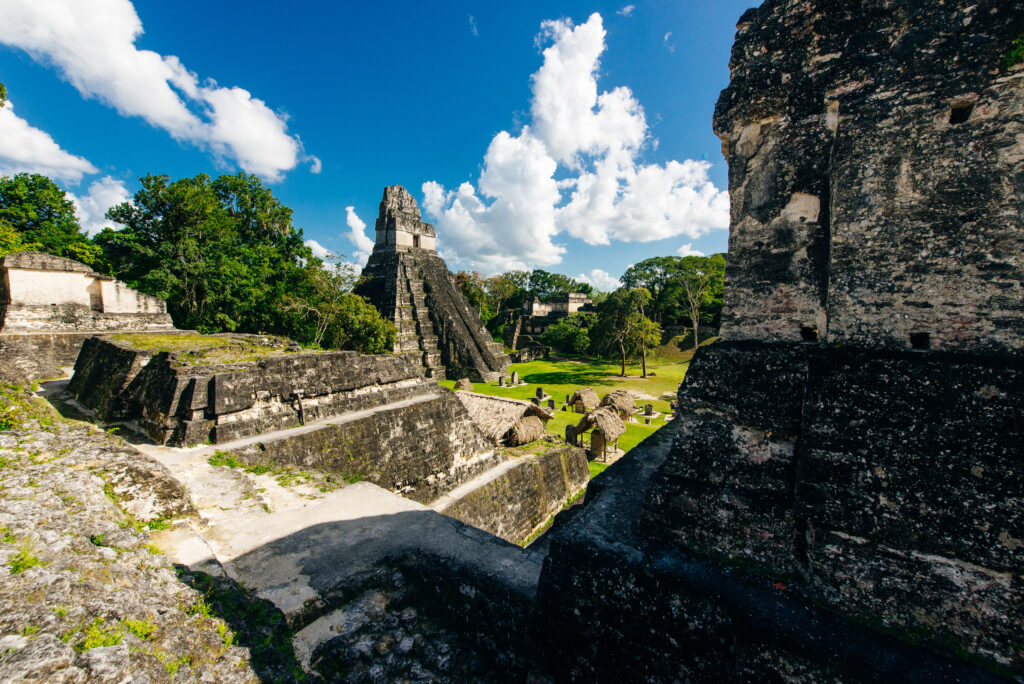Uncover the world of chocolate
In our first article we will talk about chocolate, what varieties exist, where it comes from and how it is made. Don’t miss this irresistible article!
What is chocolate?
Chocolate is a food made by mixing cocoa and sugar. It is a culinary delicacy that has been appreciated for centuries in different cultures around the world. Its overwhelmingly rich taste and creamy texture make it an irresistible pleasure for many people. Cacao, the main ingredient in chocolate, comes from cacao beans, which are grown in tropical regions. These beans are ground and mixed with sugar to create the delicious chocolate mass we enjoy so much. Depending on the proportion of cacao and sugar used, chocolate can have different degrees of sweetness and cocoa flavour.


The origin of chocolate
Cacao, the main ingredient in chocolate, has a rich and ancient history. Its roots are found in the rainforests of South and Central America, where ancient civilisations, such as the Mayans and Aztecs, considered it a divine gift and used it in religious ceremonies. Cacao beans were considered so valuable that they were even used as currency.

Chocolate Varieties
Chocolate comes in a variety of types and flavours, each with its own unique characteristics. Some of the most popular varieties include:
- Dark chocolate: Also known as bitter chocolate or pure chocolate, it contains a high percentage of cocoa and less sugar, which gives it an intense and deep taste.
- Milk Chocolate: It is softer and sweeter than dark chocolate due to the addition of milk powder or condensed milk.
- White Chocolate: This type of chocolate contains no cocoa solids, only cocoa butter, sugar and milk. It is creamier and sweeter than other types of chocolate.
In addition, each of these varieties can be mixed with an infinite number of ingredients to enhance their flavour.


How is chocolate made?
The creation of chocolate involves a careful and painstaking process that combines tradition and modern technology. Let’s take a look at the key steps to make this delicacy:
- Harvesting and Fermentation: Ripe cocoa pods are harvested by hand from cacao trees. The cacao beans are removed from the pods and placed in heaps to ferment. This process, essential for developing the characteristic flavours and aromas, can take several days.
- Drying and roasting: After fermentation, the cocoa beans are spread out in the sun to dry and reduce moisture. Then, they are then roasted in special ovens to intensify flavours and remove impurities.
- Pilling and Grinding: Once dried and roasted, the cocoa beans are husked to extract the cocoa nibs, small pieces of the cocoa bean. These nibs are ground into a thick paste known as cocoa liquor, which contains cocoa butter and cocoa solids.
- Conching and Tempering: The cocoa liquor undergoes a “conching” process, where it is heated and mixed for hours to enhance the texture and flavours of the chocolate. The chocolate is then cooled and heated in a controlled manner in a process known as “tempering”, which allows the cocoa fat crystals to form properly, giving the chocolate its characteristic gloss and texture.
- Final Chocolate Making Process: With cacao butter, cocoa liquor and other ingredients such as sugar, milk powder and vanilla, master chocolatiers create the wide range of chocolate delights we all know and love, from intense dark chocolate to smooth and creamy milk chocolate.

How do you taste chocolate?
1. Visual Observation: Place the chocolate pieces on a clean, dry surface. Observe its appearance and colour.
2. Smell the Chocolate: Get close to the chocolate and smell it deeply. Let the aromas surround you. Chocolates can have a wide variety of aromas, such as notes of fruit, flowers, nuts, spices or vanilla. Try to identify the aromatic nuances you perceive.
3. Chocolate Snap: Break off a piece of chocolate with your hands or a clean knife. Listen to the sound of the rupture and observe the internal texture. A good chocolate should produce a clear sound and have a smooth, shiny texture.
4. Tasting: Place the piece of chocolate in your mouth, but do not chew it immediately. Let it melt slowly so that you can appreciate all its flavours and textures. Pay attention to the changes in taste as it melts on your palate.
5. Primary and Secondary Flavours: Identify the primary flavours of chocolate, such as sweet, bitter and sour. Then look for secondary flavours, such as fruity, spicy or floral notes. Distinguishing these nuances can take time and practice, but over time, you will develop a more refined palate.
6. Aftertaste: After swallowing the chocolate, notice the flavours that remain in your mouth. The aftertaste or aftertaste can reveal new dimensions of the chocolate that are not immediately perceived when tasting it.


We are waiting for you at Kina Chocolates
If you want to learn more about the interesting world of cocoa and chocolate, at Kina Chocolates, where you can take part in workshops to make your own chocolate bar or do a chocolate tasting with cocoa from different regions. And if you’re still hungry for more, don’t forget to stop by our shop and enjoy our products made from cocoa from different regions and Bean to Bar handmade chocolates.
Chocoholics Greetings! 👋🍫

